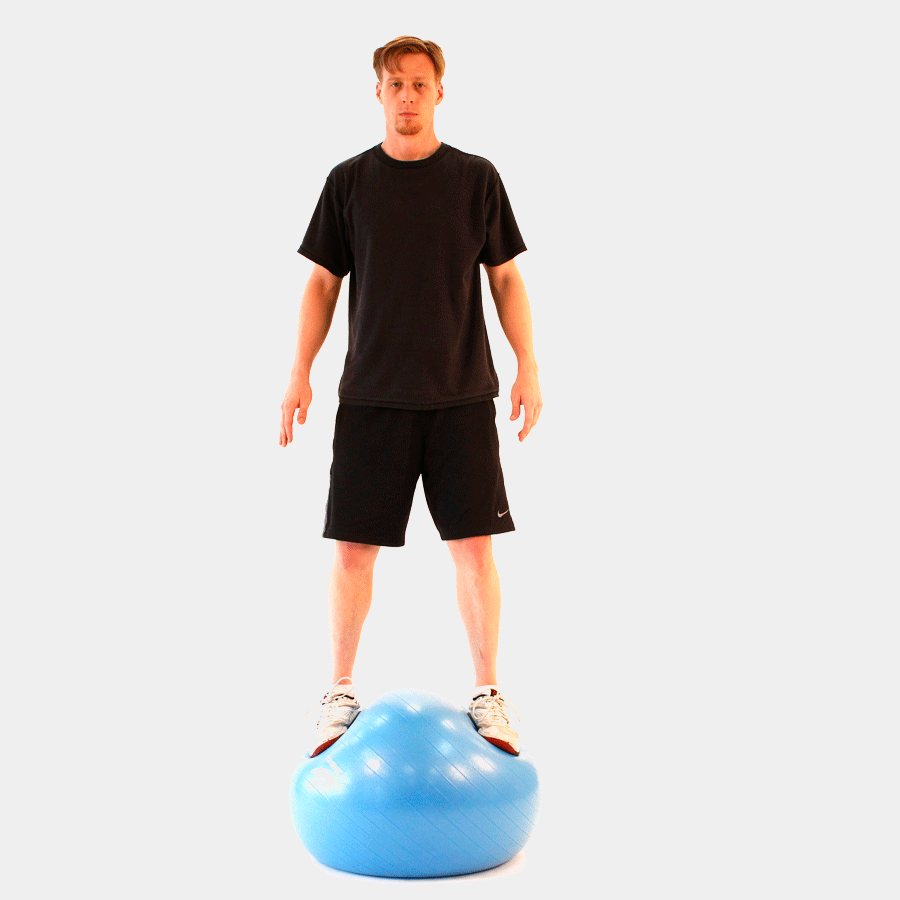Challenges
The main challenge for a fitness professional is figuring out how to capitalize on all of the knowledge you have and scale your business effectively. Currently, there are two main ways to sell fitness services:
Creating a ‘one-size-fits-all’ solution to sell en masse: This is time-consuming and tends to create more noise in an already crowded market.
Selling time in one hour blocks: This is the more common way to do business, but it is extremely inefficient for everyone involved: trainers, clients and facilities alike.
Looking at the interactions between trainers, clients and facilities shows just how this 'one hour paradigm' is created. Most trainers work at facilities, and those that are independent have their own overhead costs for equipment, facility rental, travel, etc, which all take up a portion of their hourly revenue. That is why even though the average cost of personal training in North America is around $56/hour for clients, the average wage that a trainer actually takes home is $28.64/hour (51%), while the real average take home wage is $15.88/hour (28%) when unbilled time is factored in (i.e. time spent creating programs, managing their business, getting new clients, etc…). At facilities, the cost to clients and the percentage of revenue that the facility takes off the top are both higher. Since there is so much unbilled time and overhead costs that go into training, it has become the norm to seek out clients that can train multiple times per week and commit to long term packages. Unfortunately, this 'all-or-nothing' approach prices most potential clients out of the personal training market entirely.
The outcome:
Clients - only 2.4% of the general population and only about 12% of gym members have a fitness professional advising their fitness plan. This is odd, considering that an overwhelming majority of the population has a health/fitness goal, not to mention that fitness is the best form of preventative healthcare.
Trainers - spend as much time managing their business and selling as they do caring for clients, and as a result, they have one of the highest churn rates of any industry. Most people get into the industry to be caregivers, not salespeople, but it is tough to make a living with the way the business is currently set up.
Facilities - have to take the opportunities they have in interacting with clients to try to sell them additional services (sign up, assessment, follow up), which makes it difficult to maintain a trusting and ongoing support relationship. They try to find other ways to engage members with more cost effective support like group classes and training, but end up selling as many prepaid, long term services as possible (packages, programs and memberships) to make the business model work, while providing very little free, ongoing support for the member’s fitness plan. This is not necessarily the facility’s fault, but a result of how the industry is set up.
Solution
The solution to this challenge is in using tools to more effectively deliver the prescription and tracking of the fitness plan in order to create new ways to deliver fitness support outside of the ‘one hour paradigm’. There is a further challenge to do this effectively, and truly deliver the values of a personal trainer: accountability, motivation and applied knowledge to the fitness plan. The last of these is the most difficult and important, knowing what type of exercises and workouts are best for that individual to reach their goal, and progressing this plan over time based on the results.
While solutions to bridge this gap do exist and have become more prominent with the development of social media and other out-of-the-box tools for trainers to run their own business, they do not effectively deliver the real values of a trainer. Spreadsheets, emails, video chat and other fitness apps can provide an analog solution to communicate the information, but they still have a high burden to create, input and interpret all of the information, lowering the chances that it will be tracked effectively in order to both get real progress insights from the data or provide effective oversight.
This is the essence of what we do at Trainer+: provide a web and mobile platform that makes it easy to create, share, track and analyze fitness programs with your clients. We have designed the platform to close the feedback loop between the two sides and minimize the friction to tracking and understanding this information, so that clients can still get the full value of what a trainer provides outside of in-person time spent with them.
This approach creates new ways for fitness professionals to sell their services outside of the ‘one-hour paradigm’, providing ongoing support digitally in between in-person sessions. Training packages that are less frequent (i.e. once every two weeks), fitness programming as a service, and packages that scale back usage over time are all more viable with the proper tracking and oversight. This also gives facilities a better way to support all members and provides for more organic interactions around their progress that are natural sales points, rather than trying to sell everyone into a ‘one-size-fits-all’ package that most can not afford.
About the Author: Nick Corneil is the founder of Trainer+, a company that builds software that makes it easy for fitness professionals to create, share, track and analyze fitness programs for their clients. For more information, sign up here or check out our homepage.





